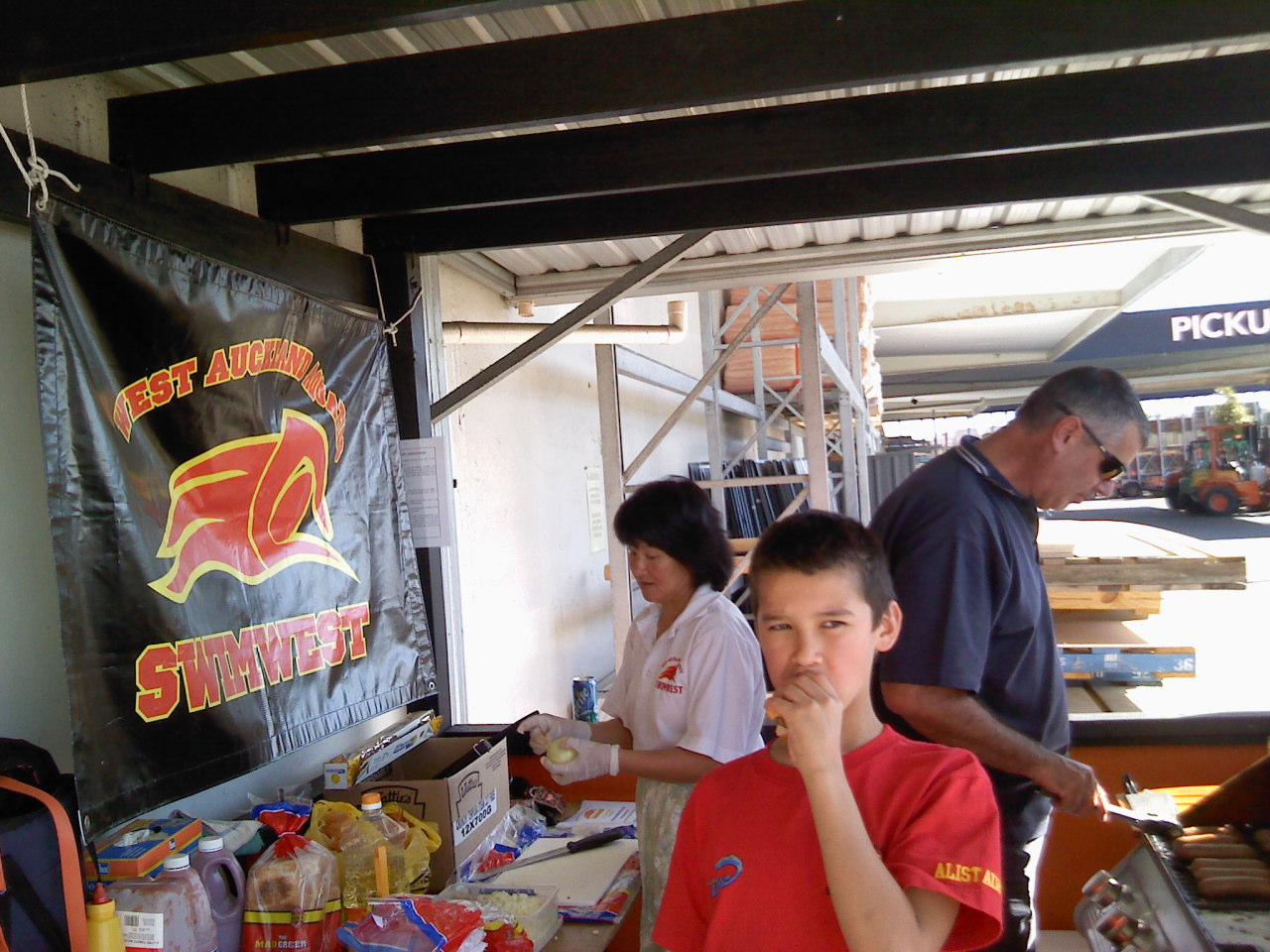By David
My New Zealand doctor warned me that the new blood pressure drug he was recommending could result in strange, very vivid dreams. I didn’t believe the guy. That sort of psychological claptrap doesn’t happen to a bloke who enjoys a New Zealand pie or likes nothing better than watching the Steelers play the Bears on a wet, bitterly cold afternoon in Chicago. I was wrong.
During most of last night I was the laundry minder for senior athletes on the world track series. I wandered through China, two or three Middle East nations and most of Europe taking care of dirty track suits and cleaning Nike running spikes. I am pretty certain the last thing the world’s best track athletes want is some West Auckland swimming coach anywhere near their laundry. And for even dreaming this invasion I apologize. Perhaps the very long day I had at a swim meet yesterday had caused my mind to wander.
Actually it was an interesting day that once again highlighted the distinction between good officials and those who should really be doing something else. In Florida a chap called Jay Thomas was one of the best. I believe his job as an American Airlines senior Captain contributed to his calm handling of a dozen of swimming’s minor crises. If a flock of geese decided to fly through the engine of my airplane above New York, I’d be happy if Jay Thomas was up front taking care of business. The way he handled the Meet Manager job when two 50 meter pools were going flat out was better entertainment that watching the swimming.
I did not feel the same about another Florida swimming official, Leslie Lunak. Several years ago we had a debate about a swimmer’s entry at a swim meet. After it was sorted out she offered to shake hands and said clearly and in front of others that the matter ended there. A week later she complained to the President of Florida Gold Coast that I had argued with her. He is now in jail but at the time he sent me a letter saying “don’t argue with officials”, which is ironic given that the real moral of the story is “don’t trust Leslie Lunac”.
Anyway yesterday, after a very good swimmer was disqualified, the question of the timing of the fly kick in the breaststroke pull out became relevant. The rule in question was FINA rule 7.1. This is what it says.
SW 7.1 After the start and after each turn, the swimmer may take one arm stroke completely back to the legs during which the swimmer may be submerged. A single butterfly kick is permitted during the first arm stroke, followed by a breaststroke kick.
The question was whether the fly kick was still legal if it was performed after the swimmer had completed the pull but still has their arms extended downward along their sides. In other words was the stroke “completed” after the pull or after the pull and the recovery of the arms to the extended above the swimmers head position? If the pull and recovery represented a full stroke then a “late” kick was legal. If just the pull represented a full stroke then a late kick was a DQ offence. Rule 7.1 is ambiguous on this point.
The responsible official at the Auckland meet was a lady called Jill. She’s been an official in Auckland for as long as I can remember. She also has the quiet, honest demeanour of a Jay Thomas; a quality acquired, I suspect from a life time of listening to excited coaches, parents and swimmers argue their cause.
In this case she asked to see the swimmer do the turn with the “delayed” kick in the pool’s diving well. She went and consulted the meet’s senior officials and came back with a decision that the word “stroke” in the FINA rule included both the pull and recovery stages. Therefore a fly kick done between the two stages was legal. It was still being done part way through the single stroke. Just as important as the outcome was the way the question was handled. No one was threatened; no one’s integrity was being questioned. An interesting interpretation of the rules was being resolved. And that’s the way it should be.
It is off the subject but an area where New Zealand swimming has it all over the Americans is in the disqualification procedure. In New Zealand every athlete gets a signed form detailing the offence, the Rule number, the name of the IOT and Referee and their signature. In other words New Zealand does what FINA rules require. In America that might happen at the National Championships but in most other meets the first the athlete knows of their crime is when their name appears on the list of results with the dreaded initials DQ. Even then it can take a full FBI and CIA investigation to find out what the DQ was for. I had a relay team disqualified in Florida once and only heard about it a week later through one of the swimmer’s parents. I complained only to discover the parent had got the cause of the disqualification story completely wrong. That whole mess could have been avoided if the meet officials had handed out properly completed disqualification forms.
An official in Florida told me they could not complete and distribute the forms because the meets in the US were so huge. That’s just nonsense. If it’s worth putting on a meet its worth doing properly. Disqualifying someone can be quite traumatic. Officials need to explain why they made that decision. If yesterday is anything to go by they seem to be able to do it well in Auckland, New Zealand. They should be able to do it just as well in Ft. Lauderdale, Florida.



